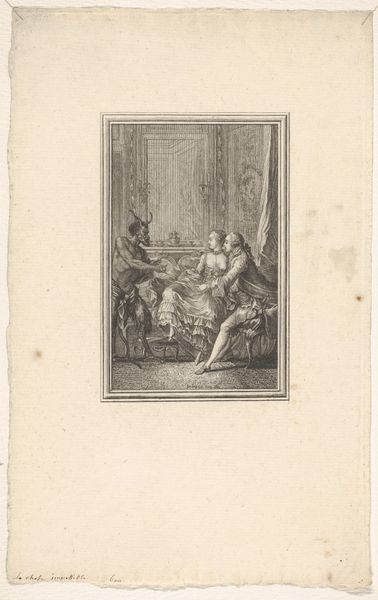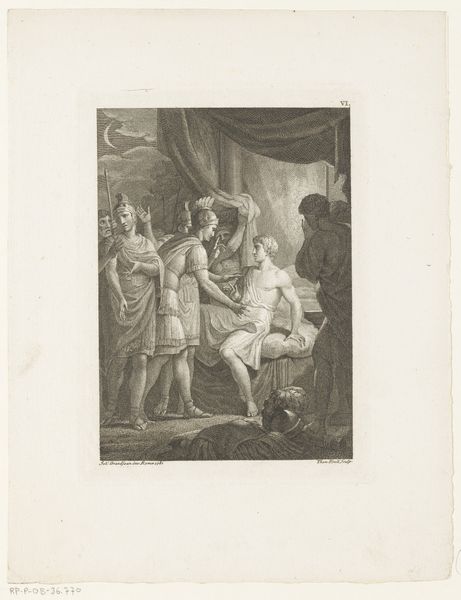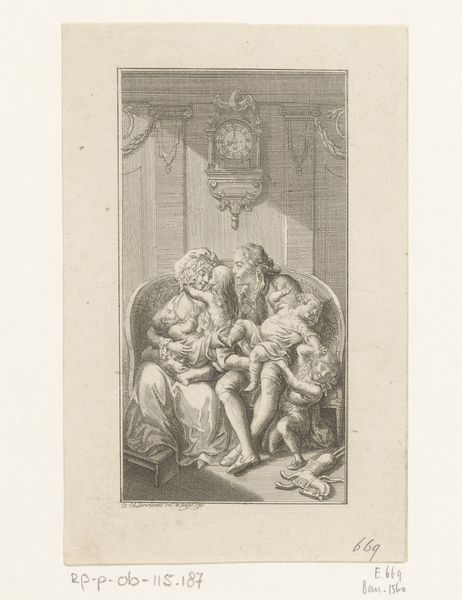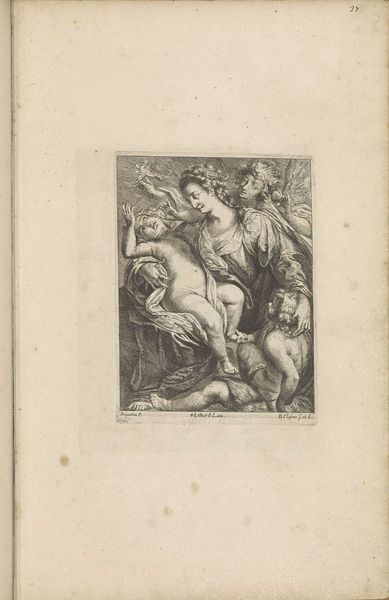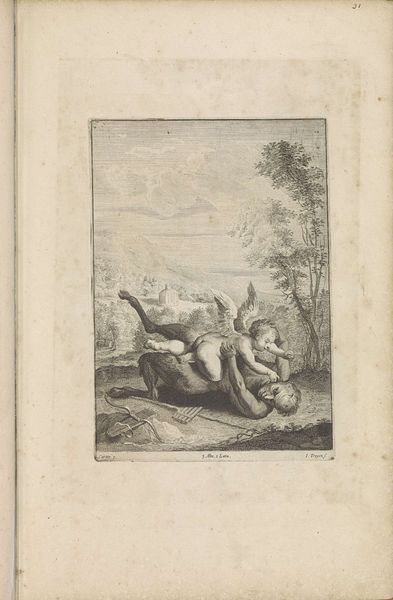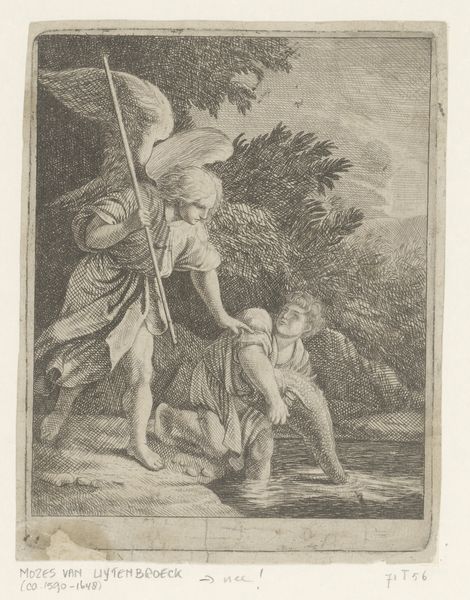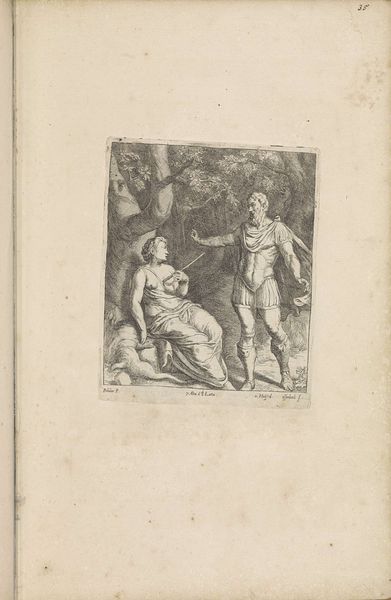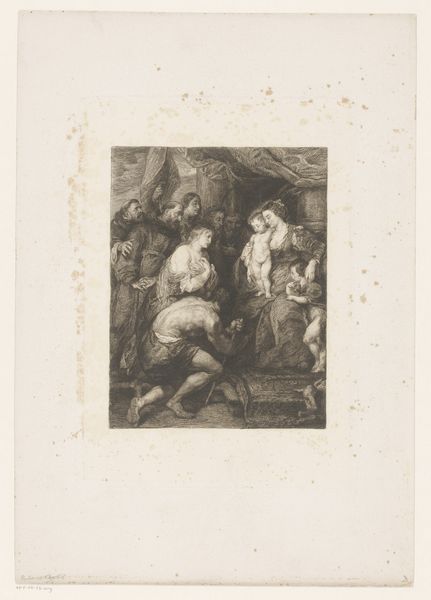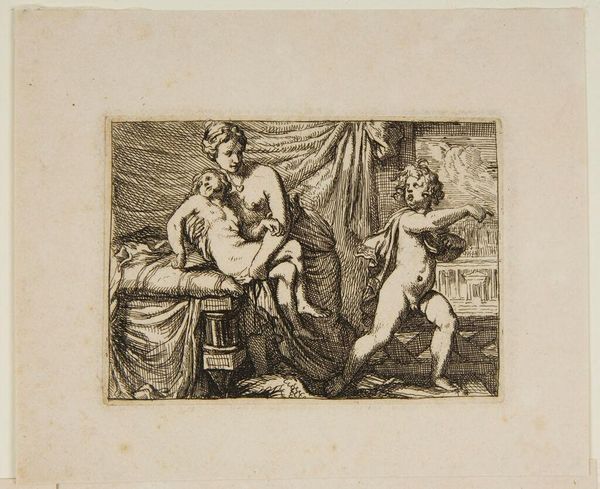
print, engraving
#
baroque
# print
#
old engraving style
#
landscape
#
figuration
#
engraving
Dimensions: height 223 mm, width 169 mm
Copyright: Rijks Museum: Open Domain
Curator: Ah, a rather stark but powerful engraving here, "Pluto in his Chariot," created around 1660 by Jan van Troyen, currently residing at the Rijksmuseum. The entire scene seems hewn from moonlight. What leaps out at you? Editor: My gut tells me…speed. Pure, unadulterated hell-bent speed. It's like the artist captured a fleeting moment of divine fury. Are we sure those are horses? They feel more like smoky tendrils given form. Curator: The horses certainly do contribute to that dramatic reading! As an engraving, of course, we're dealing with the subtractive process. The artist cut into the metal, and then the ink clings to those recesses, making this printmaking technique particularly suited to creating stark contrasts. It’s all about value. Editor: You can practically feel the artist's hand guiding the tool, each etched line filled with purpose, isn't that delicious? What strikes me about these old engravings is the density of their labour…each mark matters, none accidental, the whole is revealed through considered processes. But back to Pluto – a vulnerable sort of intensity in that figure, doesn't he evoke an ambiguous response? Curator: Yes, exactly. Engravings like these were essentially a reproductive medium. Their market existed precisely because prints made art available beyond the elite, in more bourgeois environments. In those environments, how would mythological content such as "Pluto in his Chariot" play out? A study of power, perhaps? Editor: I suppose, depending on how we interpret Pluto. But I see, oddly enough, something melancholy. He isn't just *ruling* the Underworld, he *is* the Underworld, which can be quite a burden to shoulder! Perhaps those who purchase it and live with it get that. Anyway, it’s certainly made me rethink Pluto over the centuries, as representation shifts between simple force and brooding power, but I see it as quite balanced in its intensity here. Curator: Very insightful. To bring it back to our examination of materials and artistic process, it reminds us that engravings—like other forms of reproduction—have their own cultural potency and historical place, influencing artistic perception on the whole. The economics of it also influence perceptions in many ways... food for thought, eh? Editor: Precisely! "Food" indeed! I leave this piece sated, I confess.
Comments
No comments
Be the first to comment and join the conversation on the ultimate creative platform.
